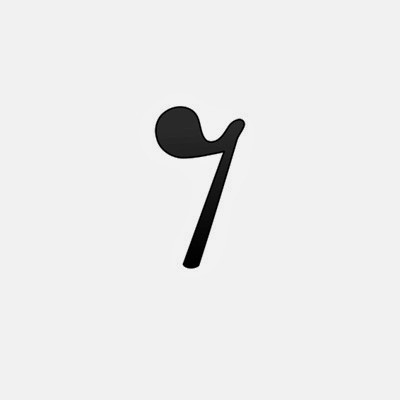
The first practice is more common than the second both are likely to frowned upon in exams and traditional "classical" practice.) (Some looser usage would allow some of these rests to be joined, either the first two into a dotted quaver rest or the second two into a minim rest, or both. In 3/4, the first note would generally be followed by a semiquaver rest, then a quaver rest, then two crotchet rests. I'm really not sure whether these examples are supposed to be in 6/8 and 3/4, which will make some determinations as to proper notation.

Organize bar f? Perhaps it's only necessary to complete the smaller we incorrectly find a longer rest after a shorter oneīut, in its current position, won't that quaver note + shorter restĮqual a dotted crotchet? Isn't two dotted crotchets a fine way to we need to have a 16th rest after the 16th note in Perhaps there are more exceptions that aren't listed in the question? In such cases, it's commonly (though not always) true to have the longer notes/rests occur first.īut the rule as stated is very unclear. I think it's trying to point out that it's okay for longer notes to occur on stronger beats, but not on weaker beats (or sub-beats). Start at the lowest duration level and work your way up.Īs for the second rule, it's straight out wrong as stated, so I don't know what it's supposed to mean. Whether you call them "beats" or "sub-beats" or whatever is immaterial. It's necessary, because you generally need to complete each "beat level" first before moving onto completing any higher beat levels. Pick "beat" or "sub-beat" and just say one of them since they both Is it also necessary to say "beat or sub-beat"? Isn't it suffice to we could argue that the dotted crotchet being at the end of the bar is wrong, no? we incorrectly find a longer rest after a shorter one but, in its current position, won't that quaver note + shorter rest equal a dotted crotchet? Isn't two dotted crotchets a fine way to organize bar f? Perhaps it's only necessary to complete the smaller "beat" when dealing with compound time. we need to have a 16th rest after the 16th note in order for it to be a complete beat? Or perhaps I've got it wrong somehow.įor the second rule (and to further clarify) the first rule, I'm going to have to go with examples (this is a screenshot): Because what is the purpose of completing a sub-beat (in its literal sense) as it doesn't add to the neatness of the bar. Is it also necessary to say "beat or sub-beat"? Isn't it suffice to pick "beat" or "sub-beat" and just say one of them since they both serve the same purpose here? I think the teacher is using completing a beat equally to completing a sub-beat. So for the fist rule, I believe it would have been sufficient to say: "use rests to complete the beat, before you do anything else." since we know that the rests we need have to be less than one beat in order to complete an incomplete beat. When completing a beat or a sub-beat, always put a larger note/restīefore a shorter one, and not the other way around. If the rest you need is worth less than one beat, use smaller rests toĬomplete the beat or sub-beat, before you do anything else. Watch replays from other players around the world, or export your own and share them with your rivals.I am currently studying music theory via Īnd I can't perhaps understand the English this teacher is using while trying to explain these two rules of adding rests:

Upload and share them with the world, and submit them for official ranking. Fully-Featured Map Editor: Create your own maps to any of your favorite songs.Online Multiplayer: Challenge up to 16 players in online multiplayer battles with a large focus on competition.Each game mode has separate global and country leaderboards to compete on. Two Game Modes: Play the game with 4 keys or challenge yourself with 7.This game is built completely from the ground up based on community feedback and is heavily inspired by a variety of our favorite rhythm games. We're aiming to provide a fully-featured 4 and 7 key vertically scrolling rhythm game client complete with a sleek and minimalistic user interface. Create your own maps or challenge the world in online multiplayer matches. Quaver is a community-driven and open-source competitive rhythm game with two game modes and online leaderboards.


 0 kommentar(er)
0 kommentar(er)
